Explore Pencil Sketch Drawing
From photo realistic portraits to abstract surrealism, PenKetch empowers users to bring their visions to life.
sketch-lora
250 metros cuadrados
Distribución:
*Área de ventas: 60 metros cuadrados (24% del espacio total).
*Área de perfumería: 40 metros cuadrados (16% del espacio total).
*Área de ortopedia y equipos médicos: 30 metros cuadrados (12% del espacio total).
*Área de nutrición y suplementos: 25 metros cuadrados (10% del espacio total).
*Área de higiene y limpieza: 20 metros cuadrados (8% del espacio total).
*Área de servicios de salud: 20 metros cuadrados (8% del espacio total).
*Estacionamiento: 50 metros cuadrados (20% del espacio total).
*Autoservicio: 10 metros cuadrados (4% del espacio total).
*Zona de descanso para empleados: 10 metros cuadrados (4% del espacio total).
*Almacén en el segundo piso: 50 metros cuadrados.
*Consultorio pequeño: 10 metros cuadrados.
*Baños para hombres y mujeres: 10 metros cuadrados.
*Zona de entrada: 10 metros cuadrados.
*Pasillo principal: 20 metros cuadrados.
*Área de descanso: 10 metros cuadrados.

sketch-lora
A dog from behind sitting on a rock looking over a mountain view

sketch-lora
A jindo breed dog from behind sitting on a rock looking over a mountain view

sketch-lora
A baby panda bear dressed like a gangster nigger

sketch-lora
A baby panda bear dressed like a gangster nigger

sketch-lora
A sketch of a tiger coming out of the jungle into New York city

sketch-lora
A sketch of a tiger coming out of the jungle into New York city
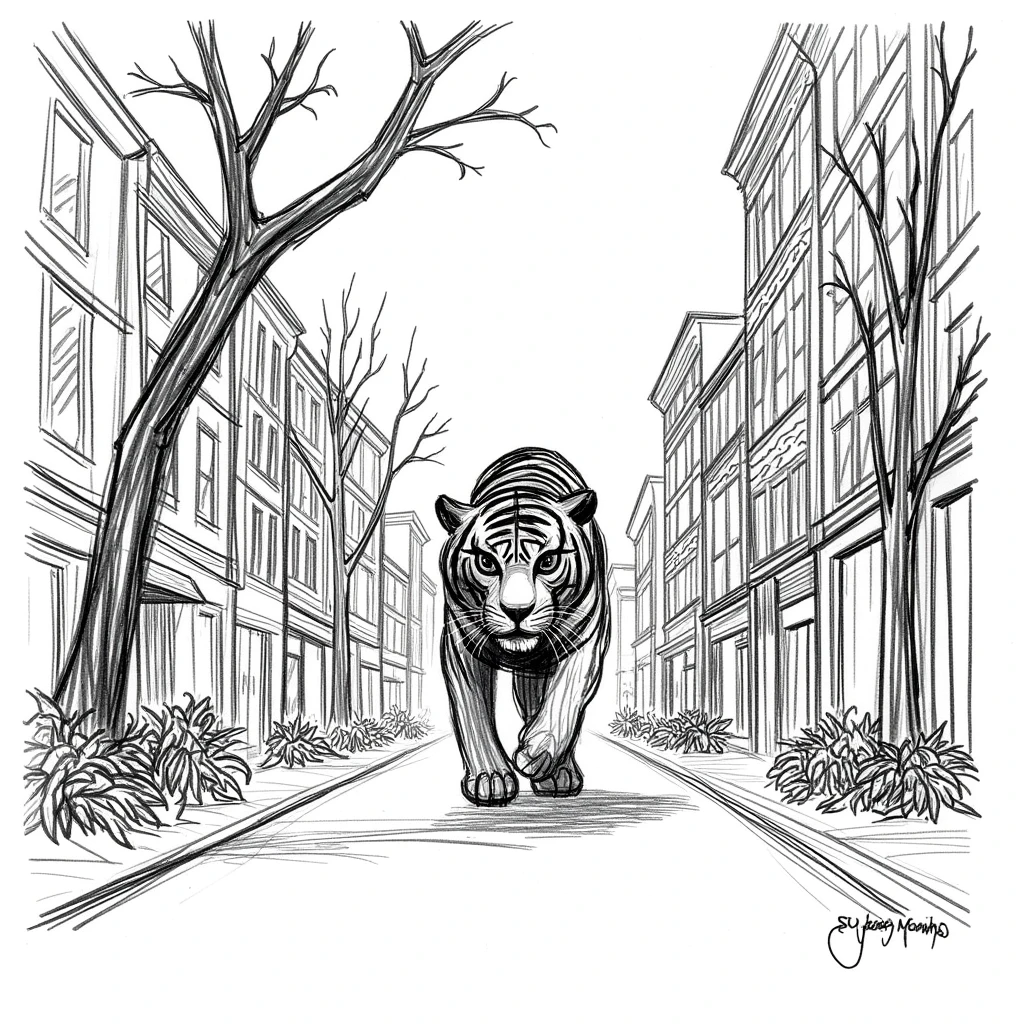
sketch-lora
Unternehmenskultur am Stammtisch in einem rustikales Wirtshaus

sketch-lora
a line drawing of a guy taking his mobile phone out, he is sitting behind a laptop.

sketch-lora
portrait of Sree Narayana Guru was a philosopher, spiritual leader and social reformer in India. He led a reform movement against the injustice in the caste-ridden society of Kerala in order to promote spiritual enlightenment and social equality. traditional pen and ink drawing technique. and a focus on simplicity. using cross-hatching and stippling for shading.".
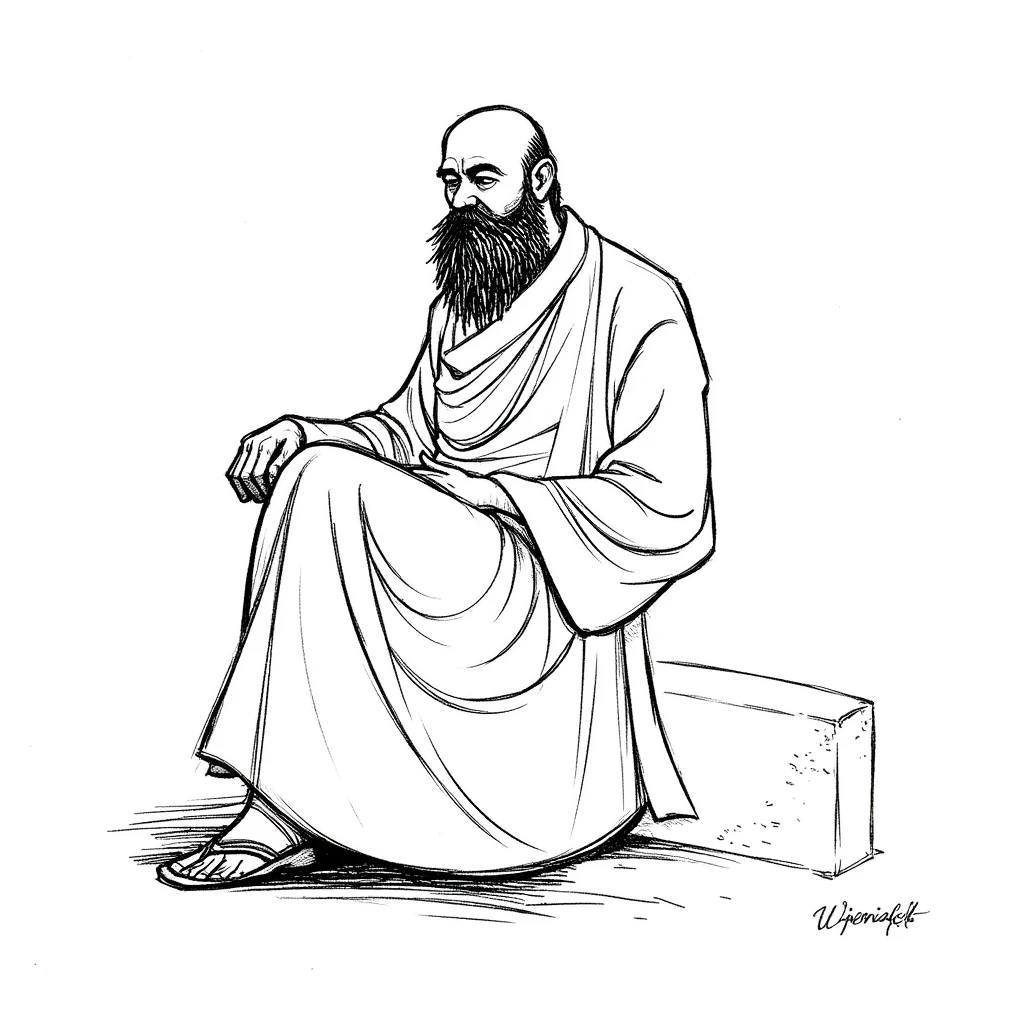
sketch-lora
portrait of Sree Narayana Guru was a philosopher, spiritual leader and social reformer in India. He led a reform movement against the injustice in the caste-ridden society of Kerala in order to promote spiritual enlightenment and social equality. traditional pen and ink drawing technique. and a focus on simplicity. using cross-hatching and stippling for shading.".

sketch-lora
A sketch of naked woman
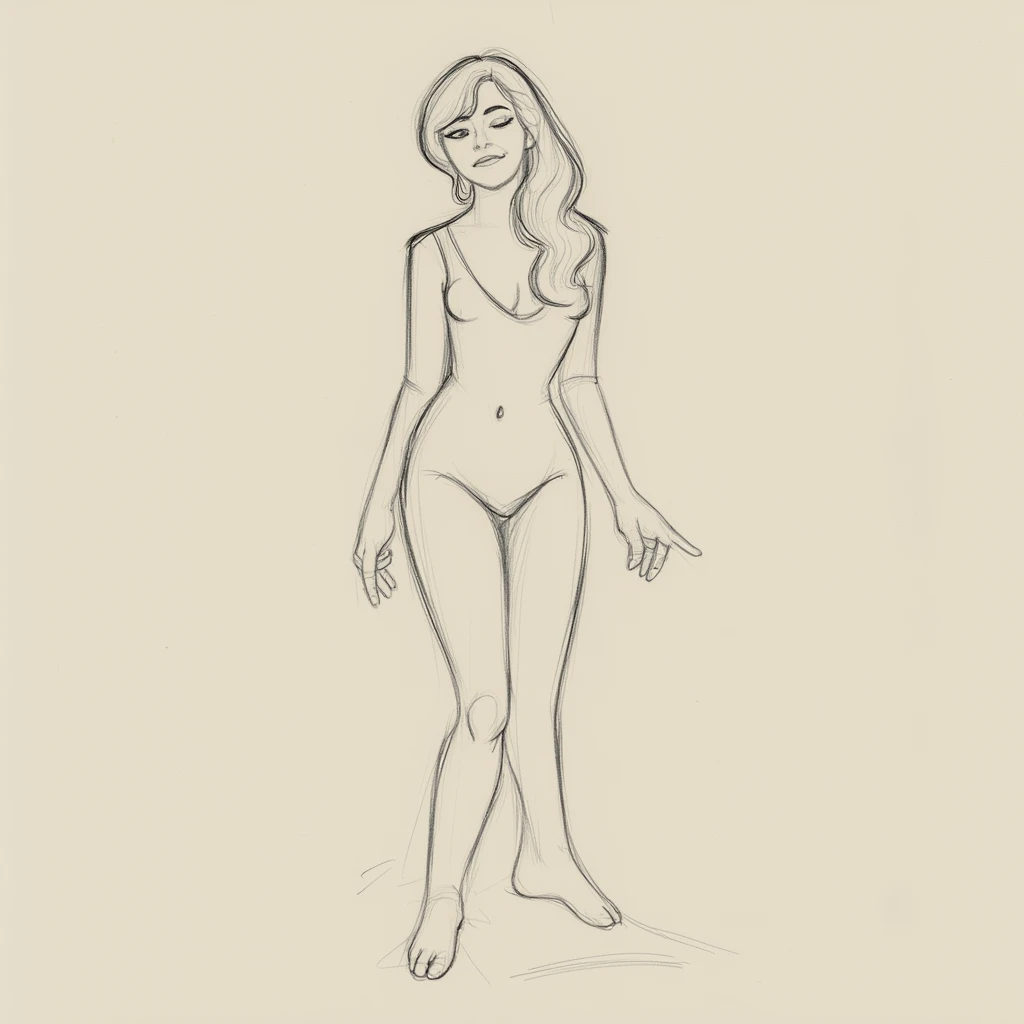
sketch-lora
doremon
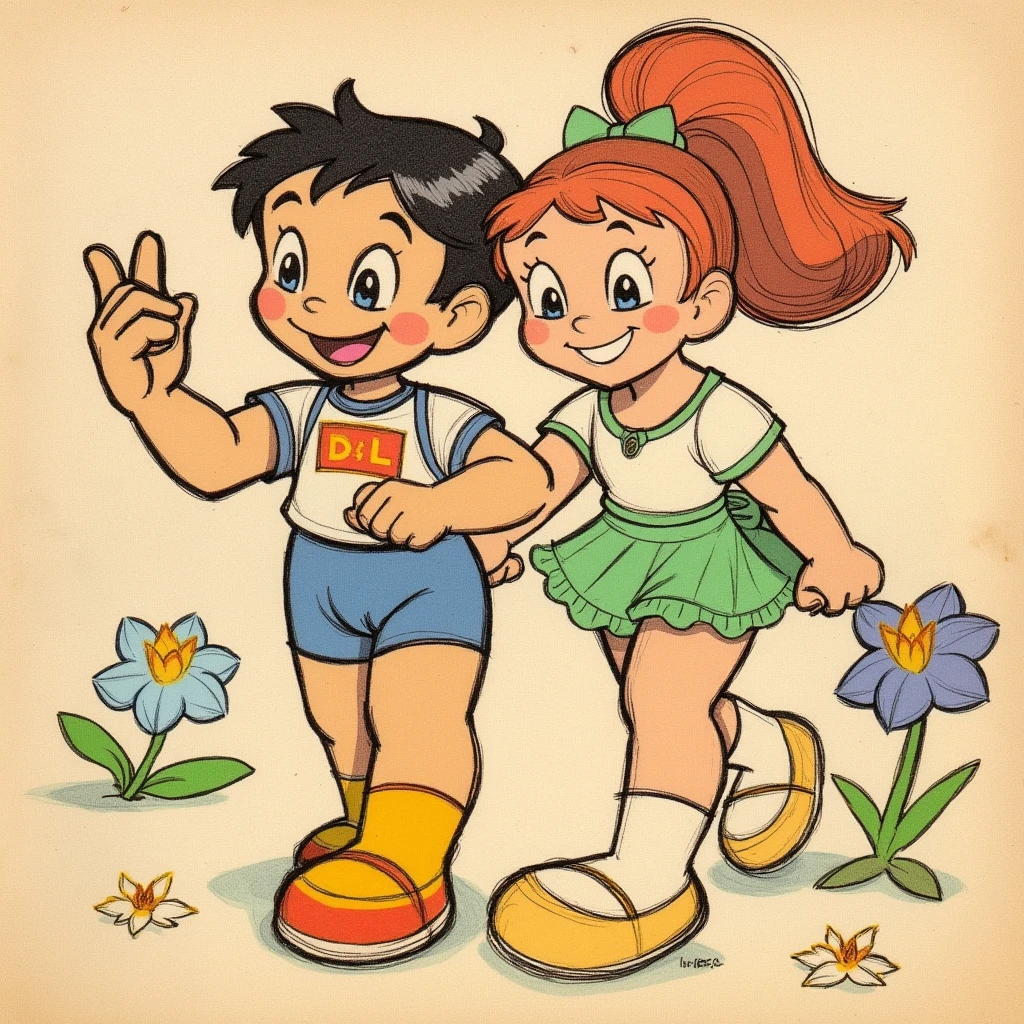
sketch-lora
doremon
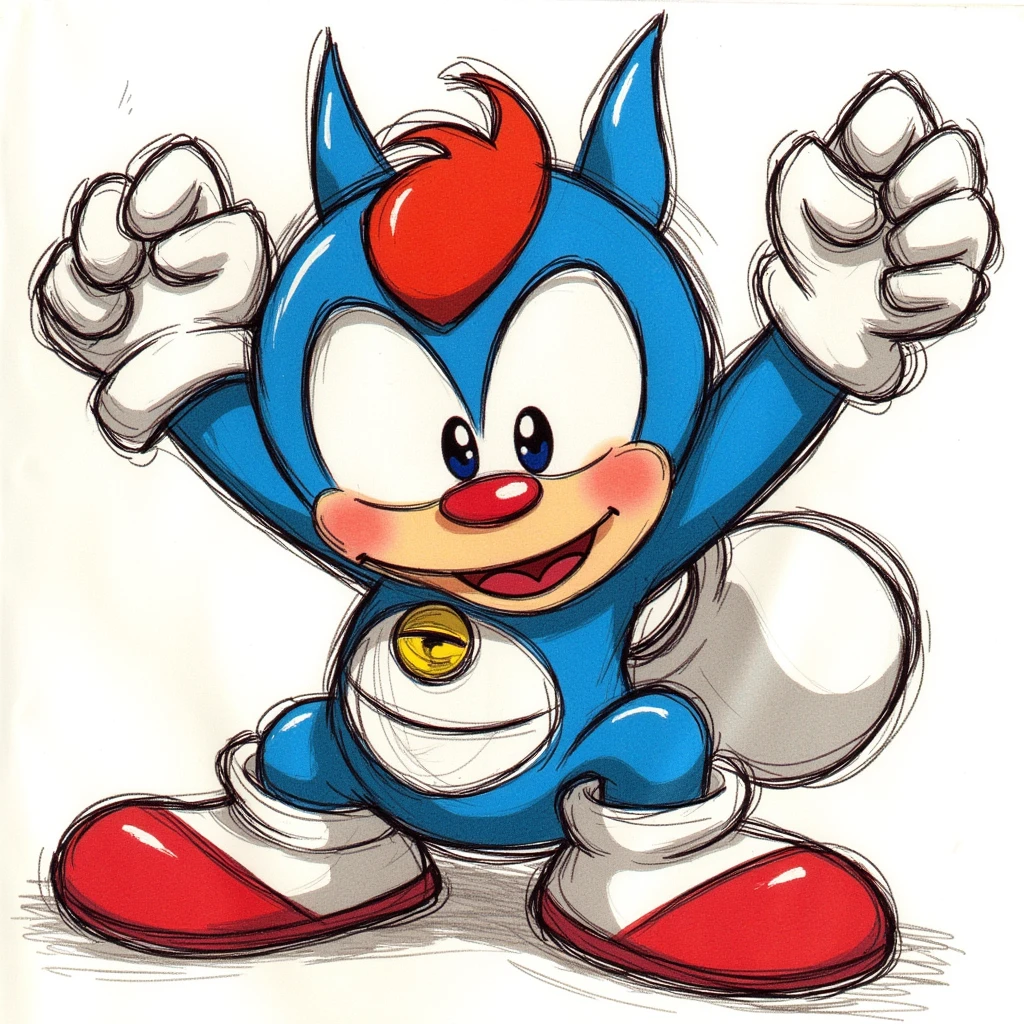
sketch-lora
a girl with flowers
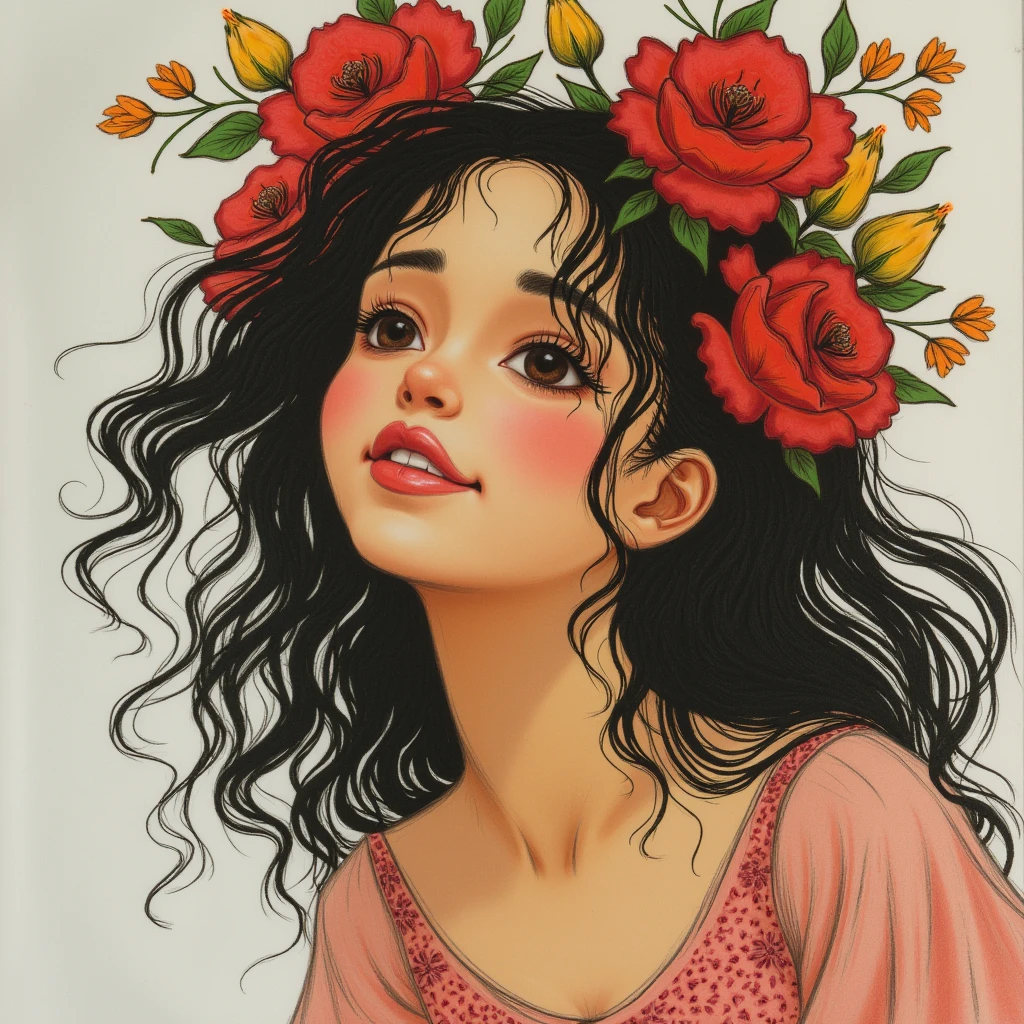
sketch-lora
a boy is sitting and watching tv

sketch-lora
Draw a husky and german Shepherd mix dog.
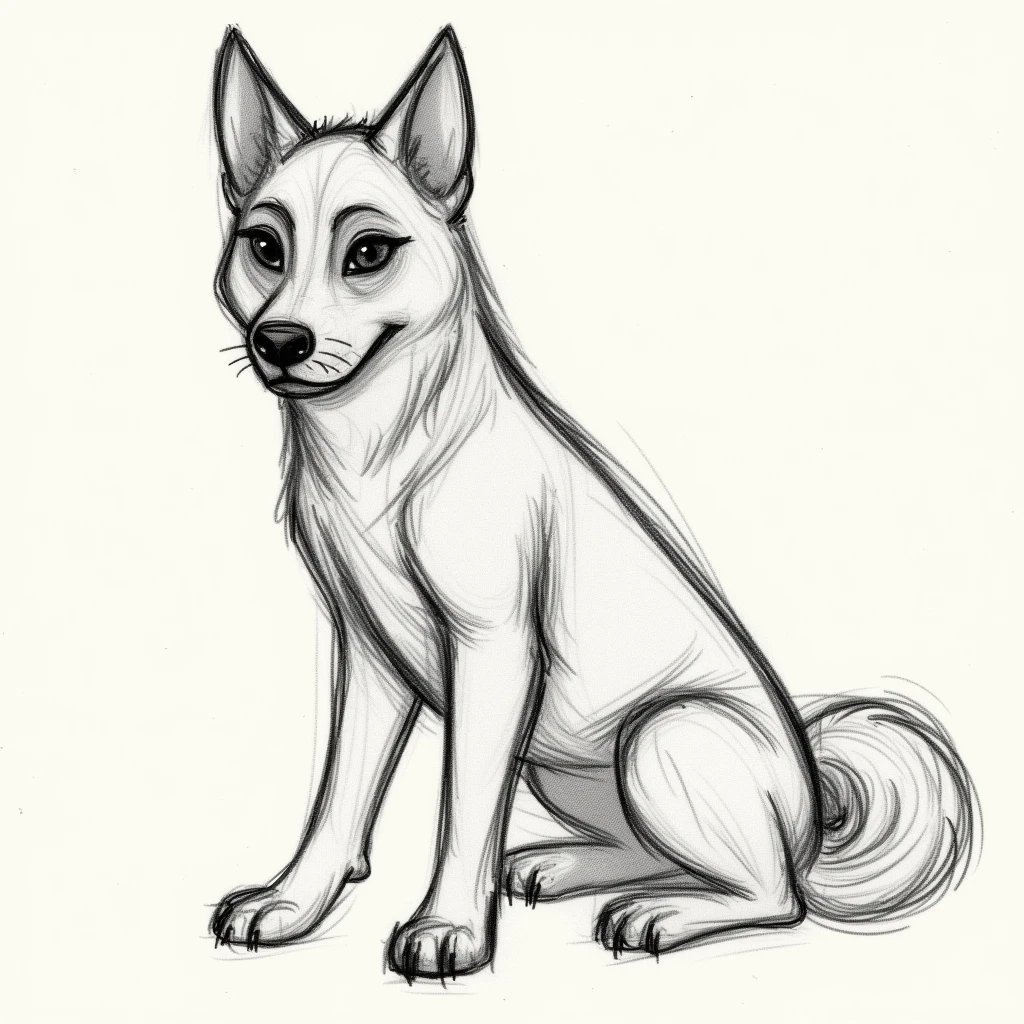
sketch-lora
a low shot portrait sketch of a loathing, disgusted hairless person
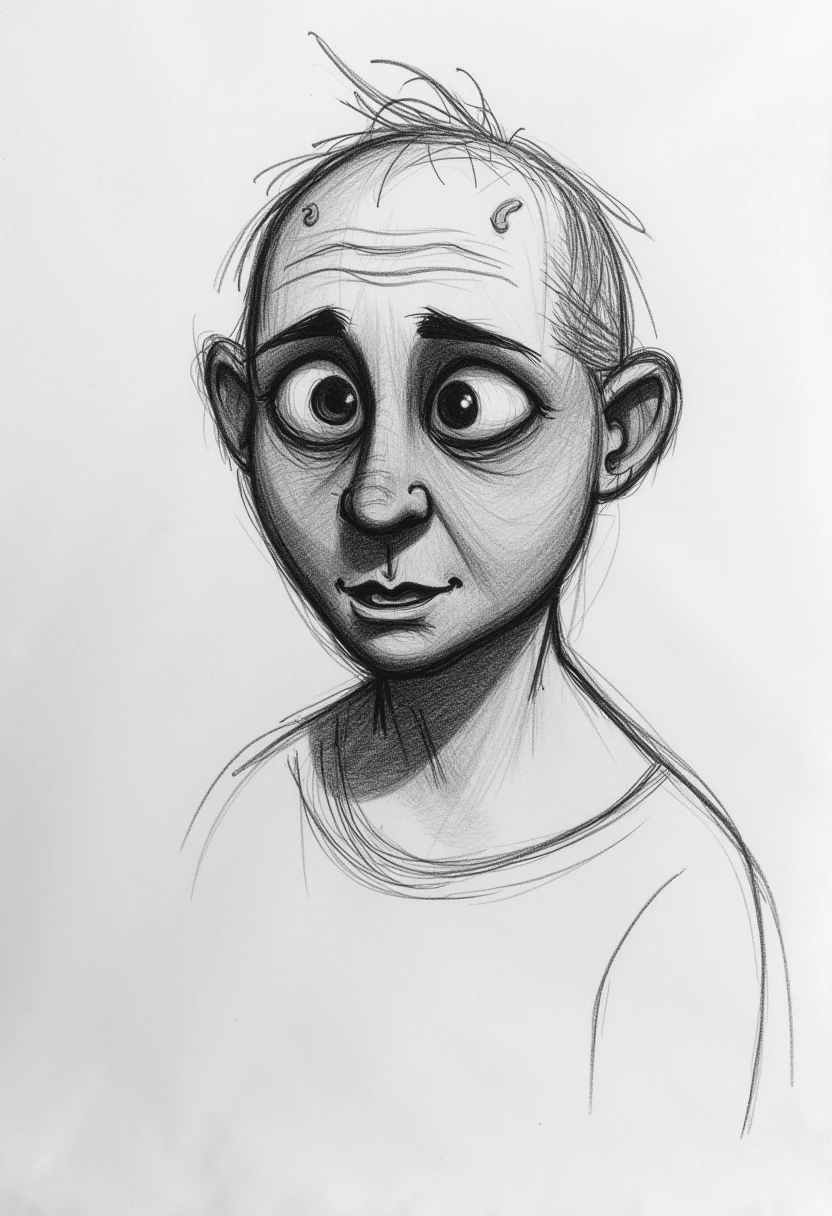
sketch-lora
a low shot portrait of a loathing, disgusted hairless person
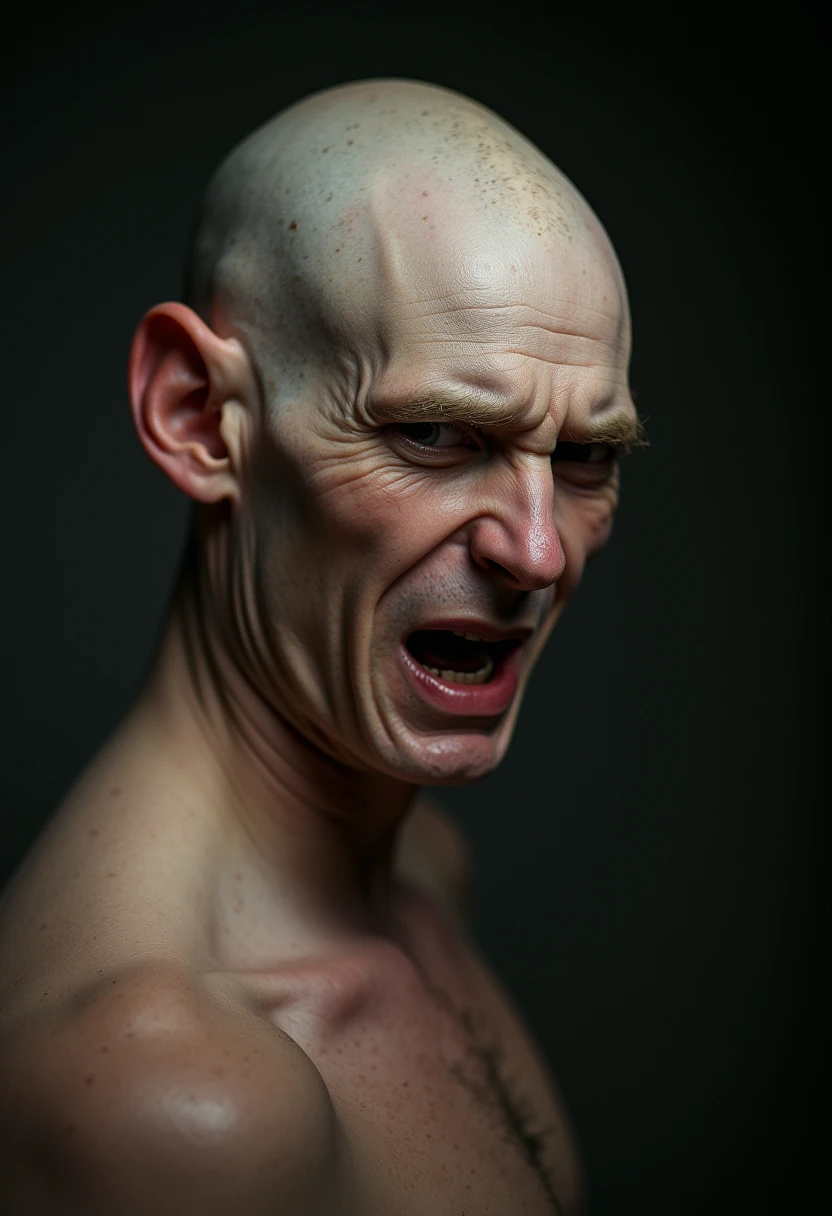
sketch-lora
a low shot portrait of a loathing, disgusted hairless person
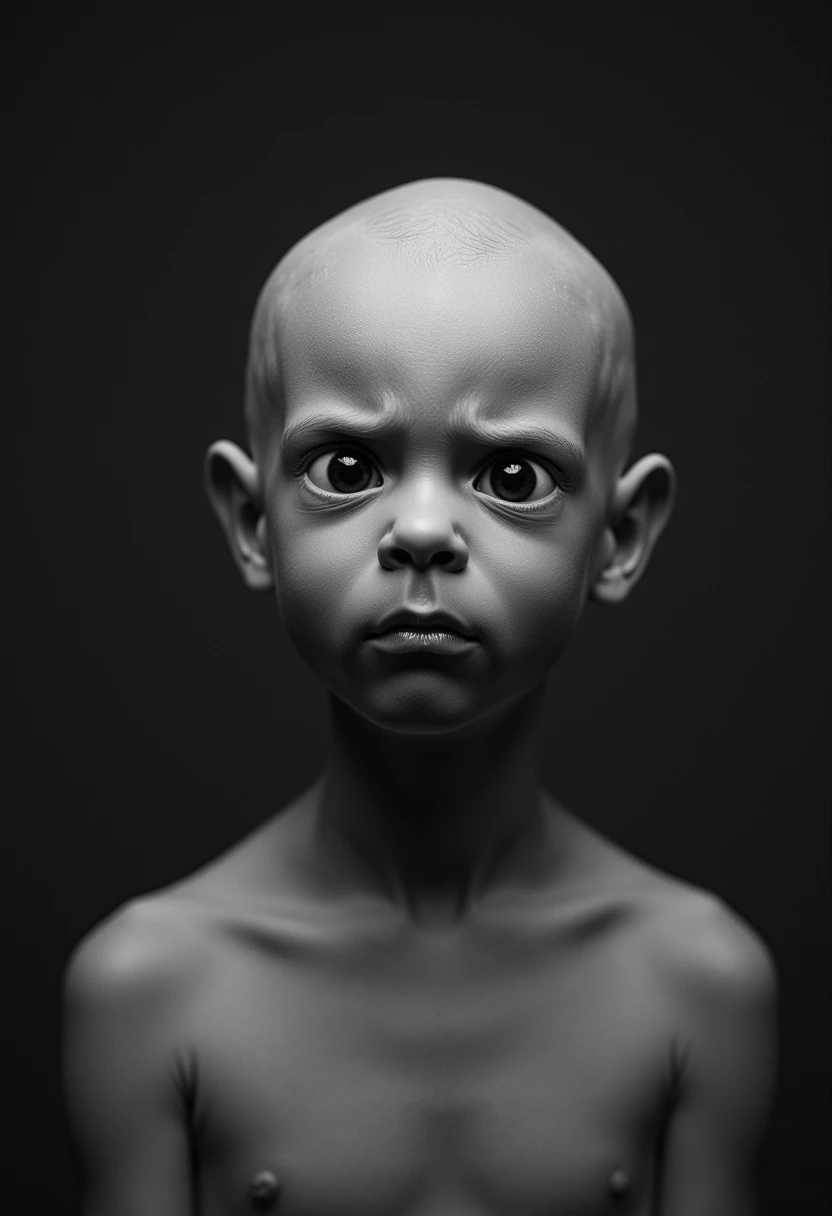
sketch-lora
a low shot portrait of a loathing, disgusted hairless person

sketch-lora
a low shot portrait of a loathing, disgusted hairless person lit from the front
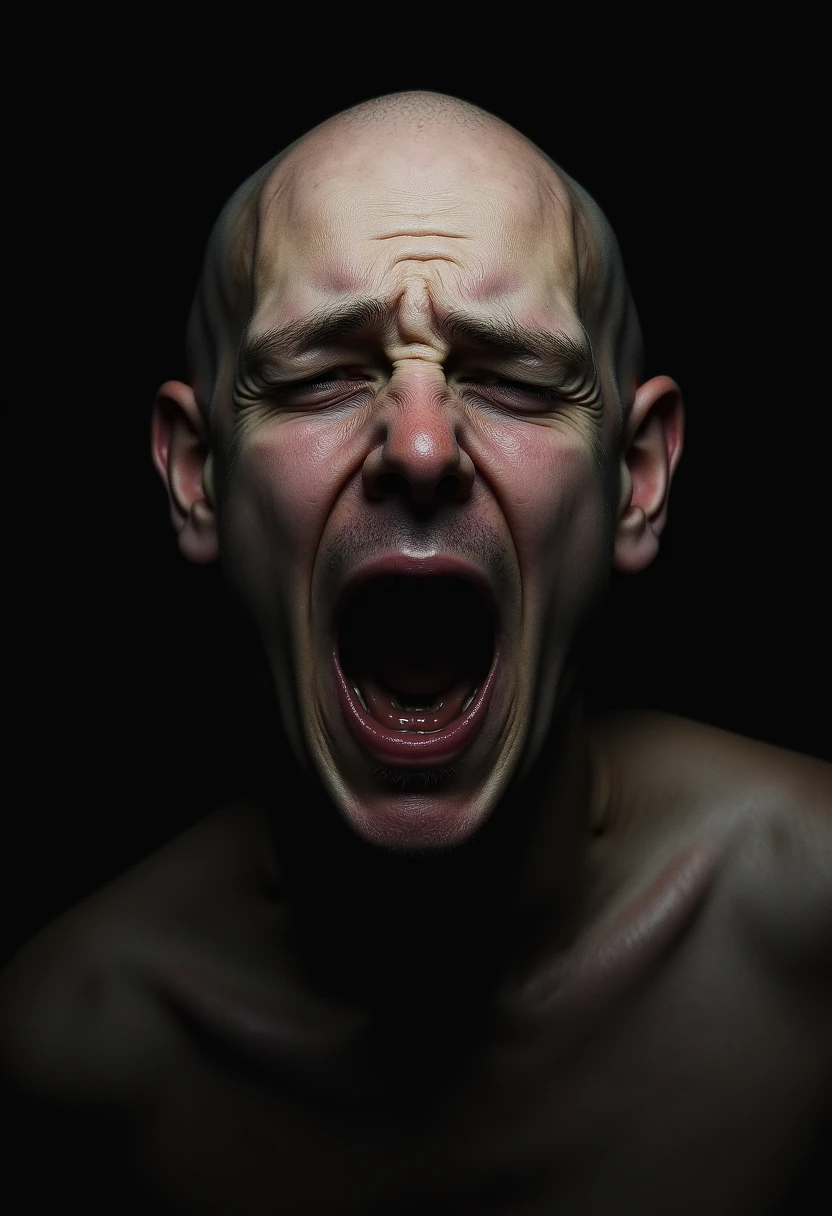
sketch-lora
a german shepherd who jumps on to a tractor wheel as a pencil drawing
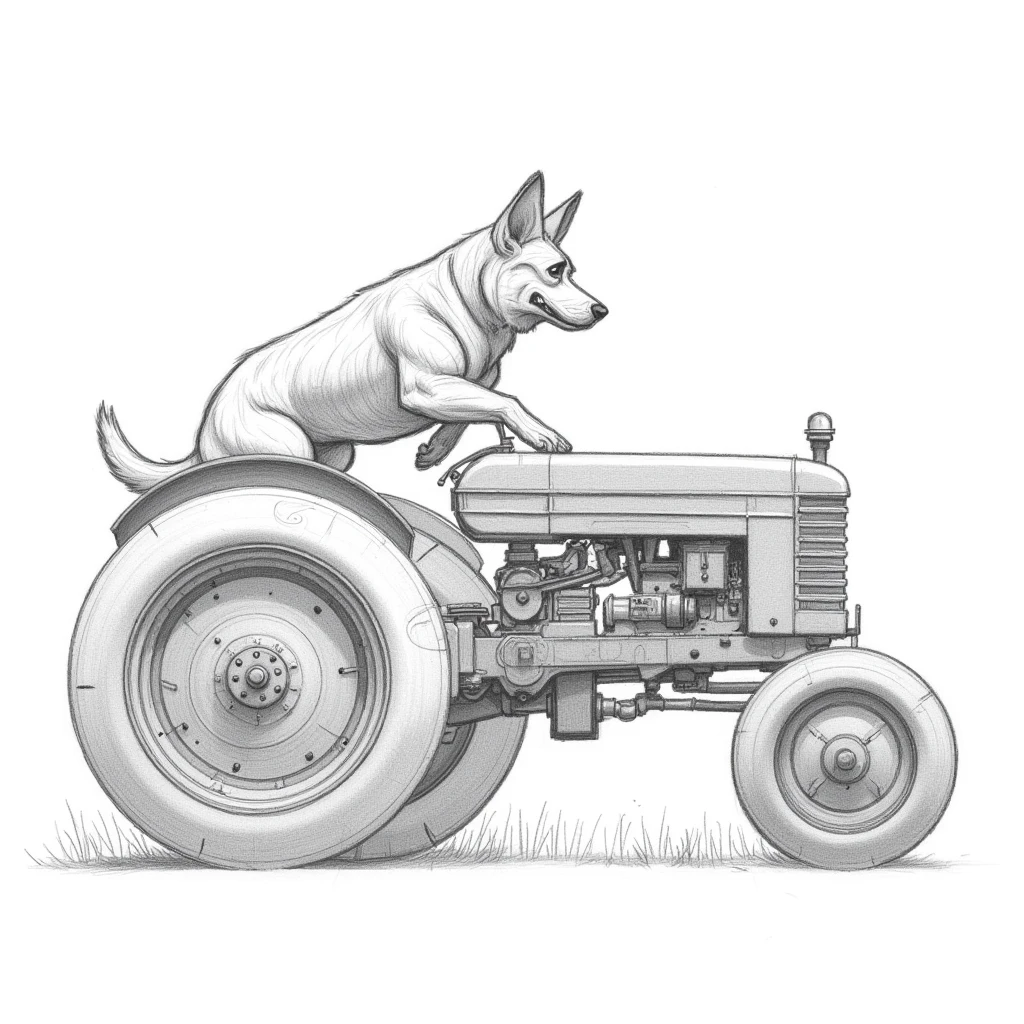
sketch-lora
a sketch of a girl wearing a long wide red dress standing and looking at the landscape, next to a big tree, and we can see other smaller trees far and a railway

sketch-lora
A black cat that likes apple pie and holds one in his arms

sketch-lora
Wispy evil floating ghost with dark blackened eyes
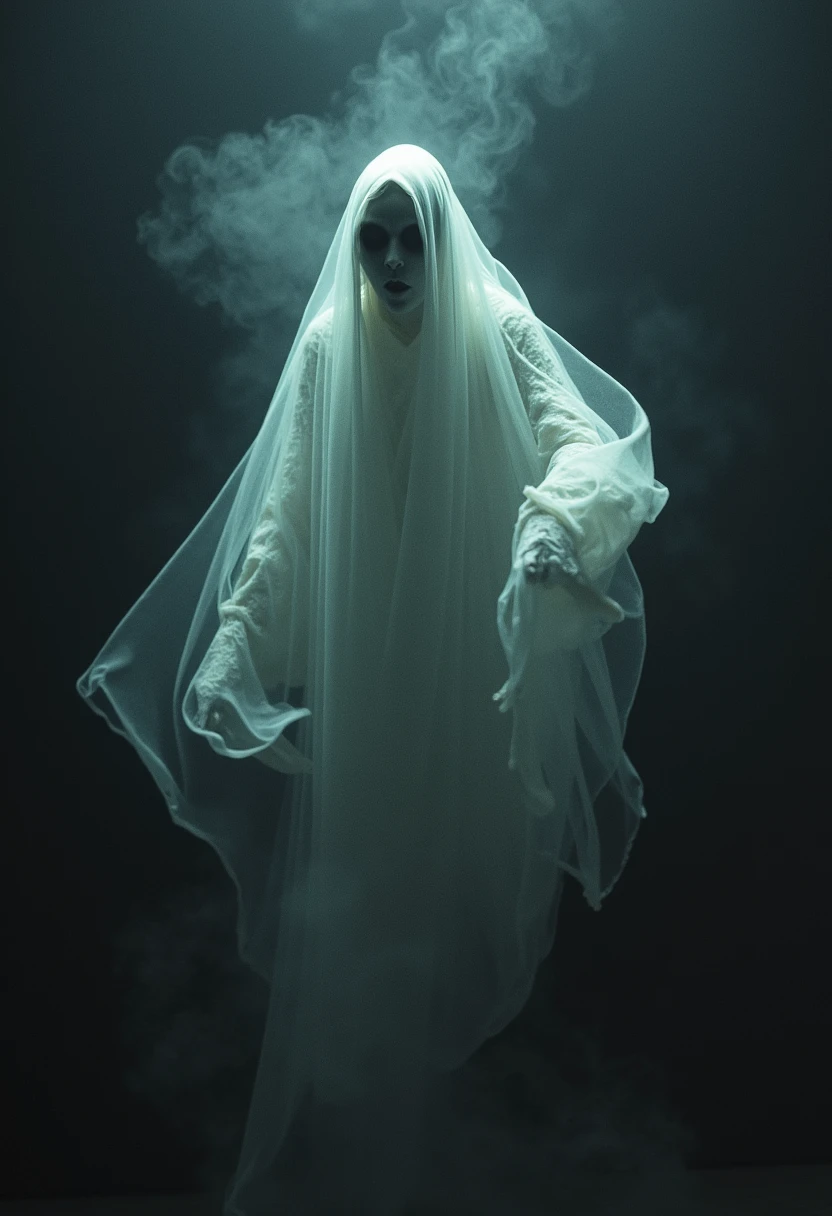
sketch-lora
Approved by the Community – Deine Meinung zählt!
Oh April steht für Qualität, Transparenz und Innovation. Werde Teil davon und gestalte aktiv mit – von der Materialauswahl über das Design bis hin zur Reklamationsabwicklung. Deine Stimme macht den Unterschied!
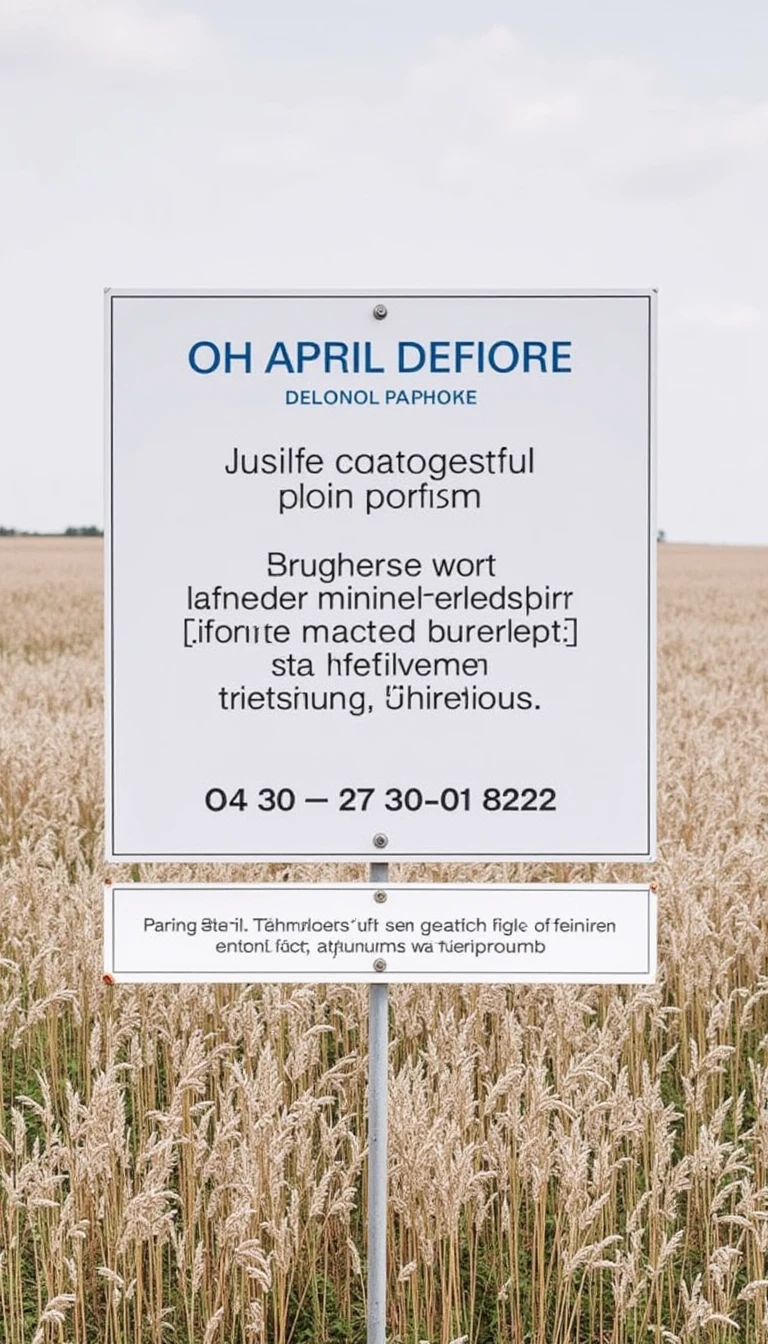
sketch-lora
una docente se encuentra planificando su sesión de clase

sketch-lora
Create a black-and-white pencil sketch of the image depicted in this poem. Use 17th-century Sindhi landscape and culture to represent sketch elements. Focus on Zahri's interpretation of the Batni concept, which is hidden but present in the sketch. Ensure NO calligraphy, lettering, symbols, or words of any kind are added to the image!
"YMK-D01-B01
Literal Translation in English Sindhi Text
You are the Beloved! You are the Physician. You are the medicine for my trouble. تُون حَبِيبُ، تُون طَبِيبُ، تُون دَردَ جِي دَوا،
O dear me! I have taken lots of maladies from which my body suffers. جانِبَ مُنھِنجي جِيءَ ۾، آزارَ جا اَنواعَ،
O Lord Physician! Kindly cure all diseased persons of their troubles. صاحِبَ ڏيِين شَفا، مِيان مَرِيضَنِ کي.
Zahri Interpretation
Shah Abdul Latif Bhittai addresses Allah directly in this poem, establishing three sacred identities: 'حَبِيبُ' (the Beloved), 'طَبِيبُ' (the Physician), and 'دَردَ جِي دَوا' (pain medicine). This tripartite address reflects the Islamic teaching that Allah is the ultimate healer, as stated in the Quran: "And when I am ill, it is He who cures me" (26:80). The poet acknowledges his spiritual ailments through 'آزارَ جا اَنواعَ' (various kinds of afflictions) that plague his heart. This mirrors the common 17th-century Sindhi understanding of spiritual suffering as an illness requiring divine intervention. Shah Latif concludes with a supplication to 'صاحِبَ' (Master) to grant 'شَفا' (healing), not just for himself but for all 'مَرِيضَنِ' (the sick ones). This reflects the communal aspect of Islamic prayer and the belief that Allah's mercy extends to all believers. The poem's protagonist is the poet, speaking as a humble supplicant representing all suffering souls before their Creator.
Batni Interpretation
At the esoteric level, Shah Latif's poem unveils the soul's journey toward spiritual completion. The three attributes of the Divine—'حَبِيبُ' (the Beloved), 'طَبِيبُ' (the Physician), and 'دَردَ جِي دَوا' (pain medicine)—represent stages of mystical awareness. The Beloved signifies the Divine as the ultimate object of love; the Physician represents the transformative power that diagnoses spiritual maladies; the medicine embodies divine grace that heals the soul. The 'آزارَ جا اَنواعَ' (various kinds of afflictions) symbolize the nafs (ego's) diseases: attachment to worldly desires, pride, and spiritual heedlessness. Shah Latif employs the illness metaphor to describe the condition of separation from God (firaq). The final plea for 'شَفا' (healing) represents the mystical concept of fana (self-annihilation)—only when the self dissolves can true healing occur. The 'مَرِيضَنِ' (sick ones) symbolize all souls trapped in the illusion of separation, yearning for the ultimate union (wasl) with the Divine Reality.
"
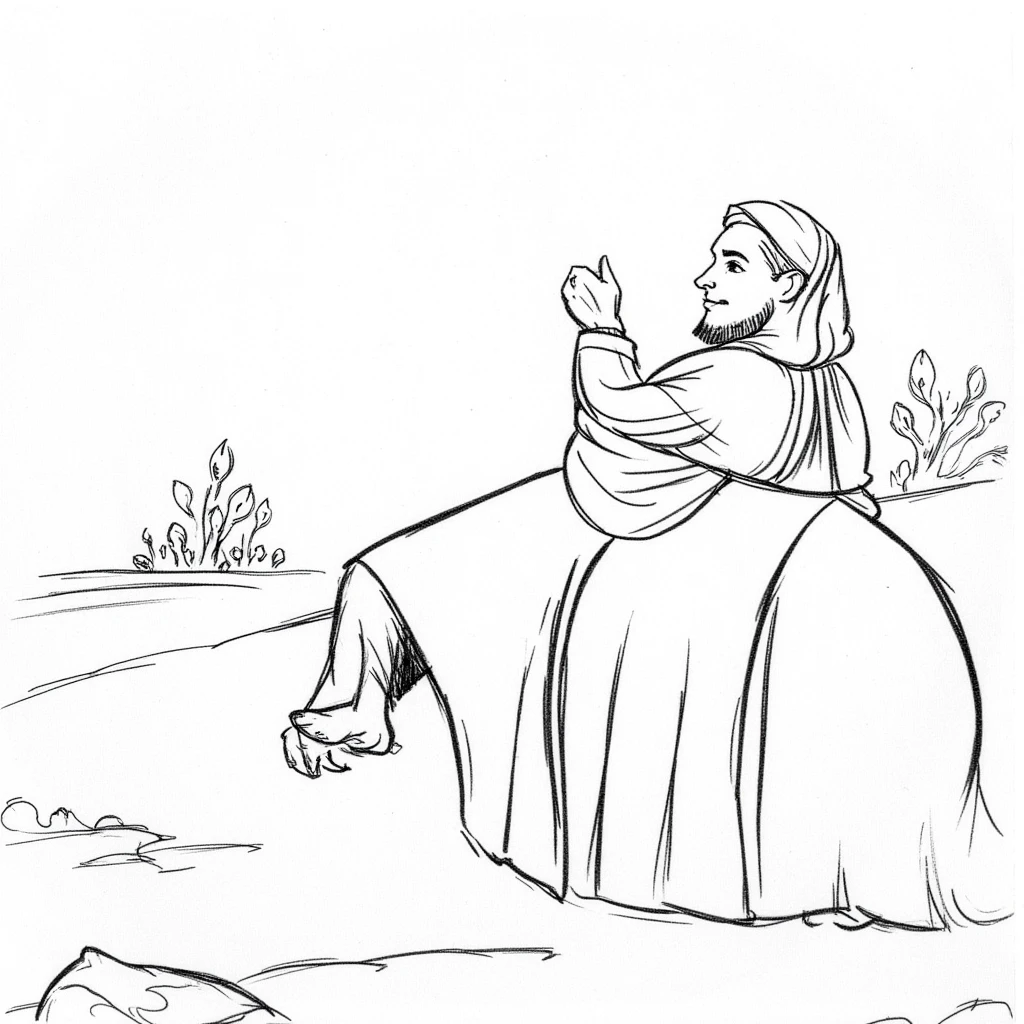
sketch-lora
Sketch/draw sex poses
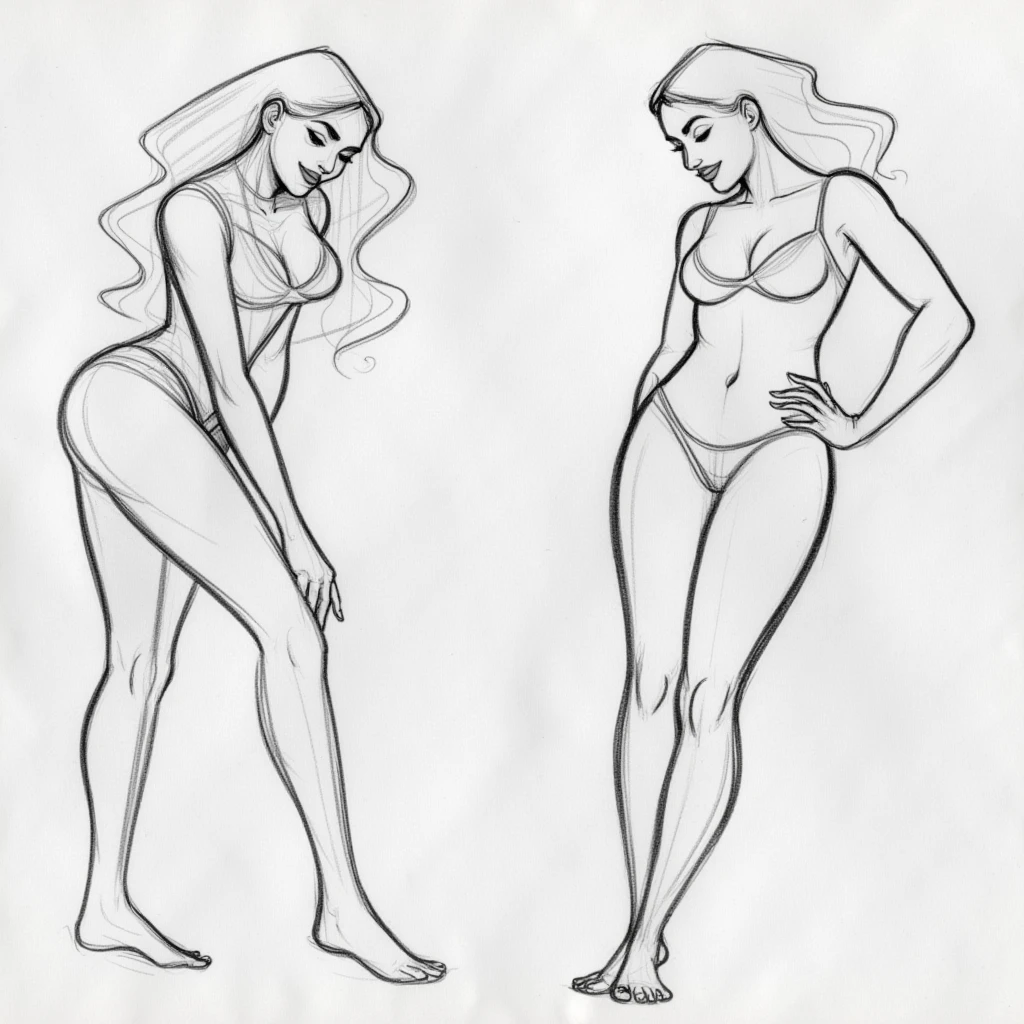
sketch-lora
tiny home

sketch-lora
tiny home

sketch-lora
动漫哪吒的人物
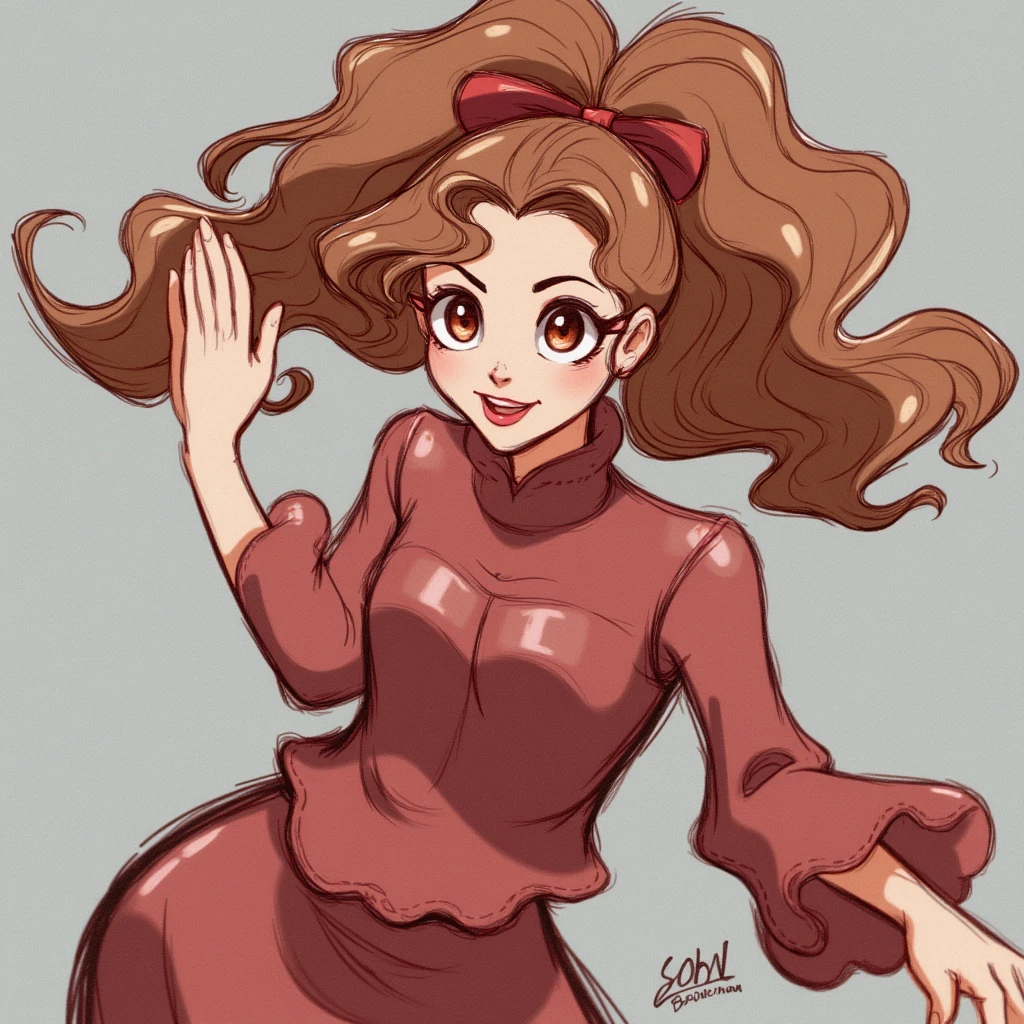
sketch-lora
Calin
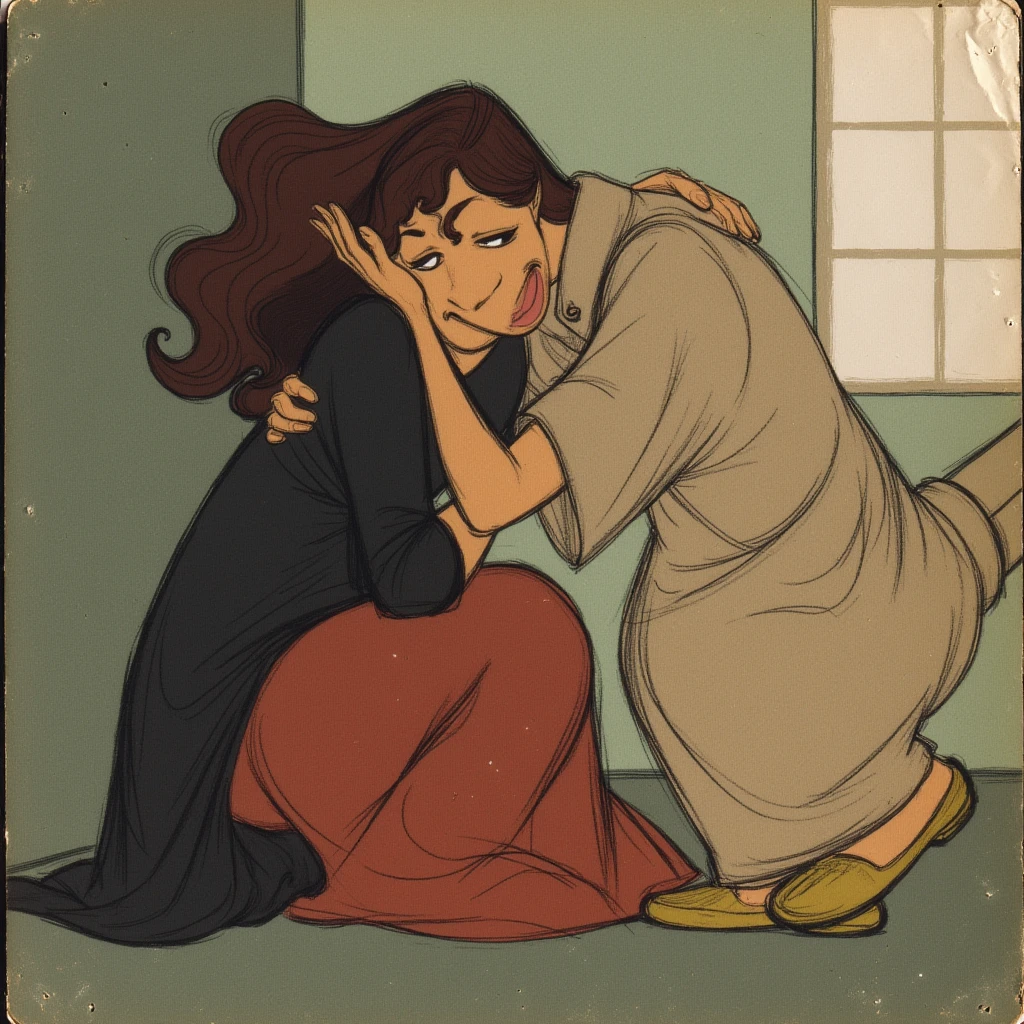
sketch-lora
Mountains view with waterfall

sketch-lora
kale plant
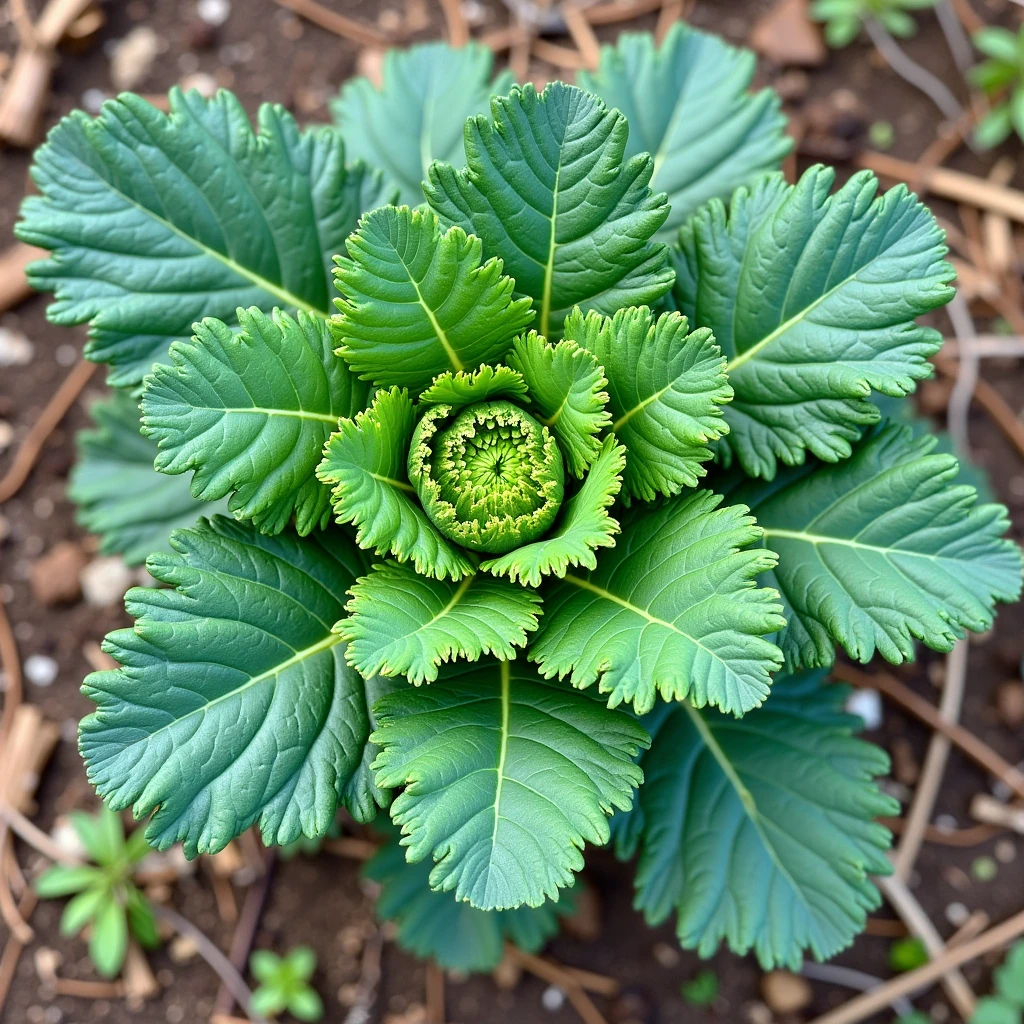
sketch-lora
kale
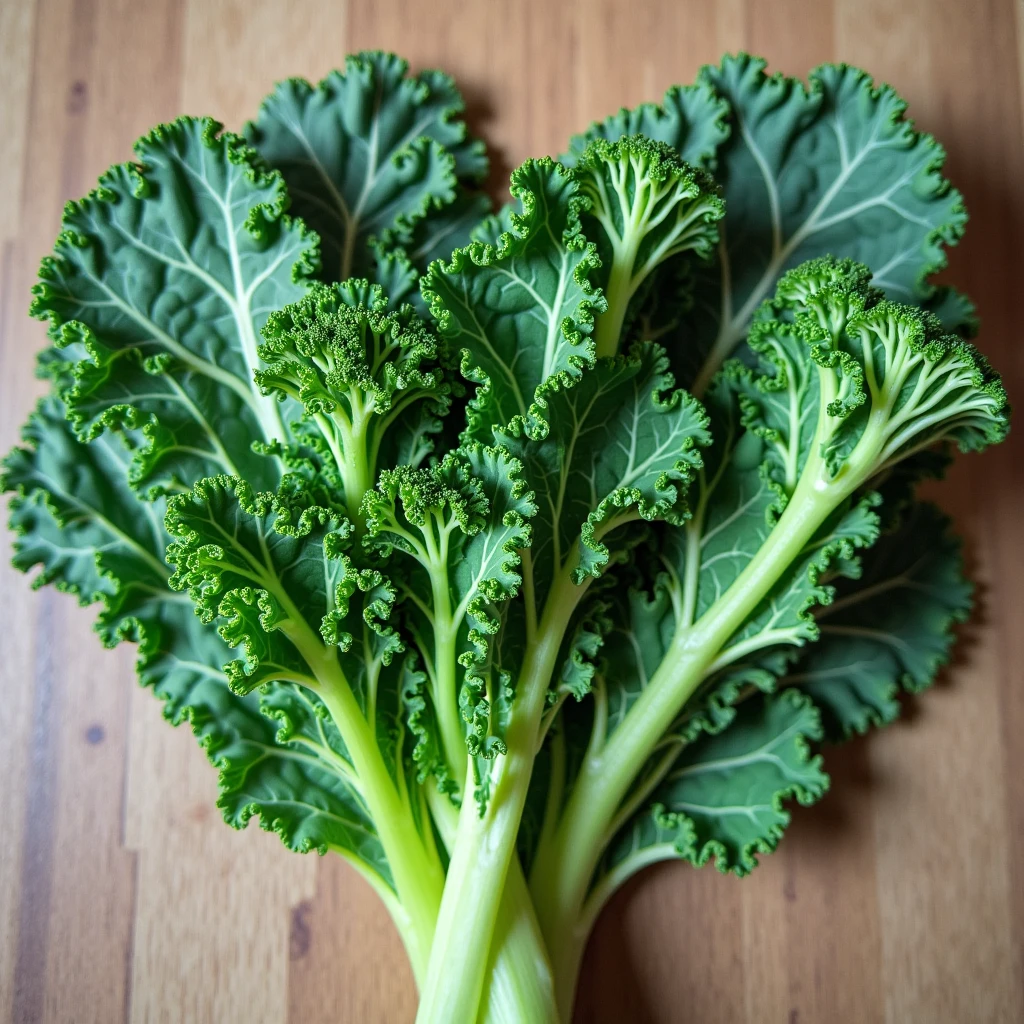
sketch-lora
Sketch of a woman on a sofa with a glass of wine.
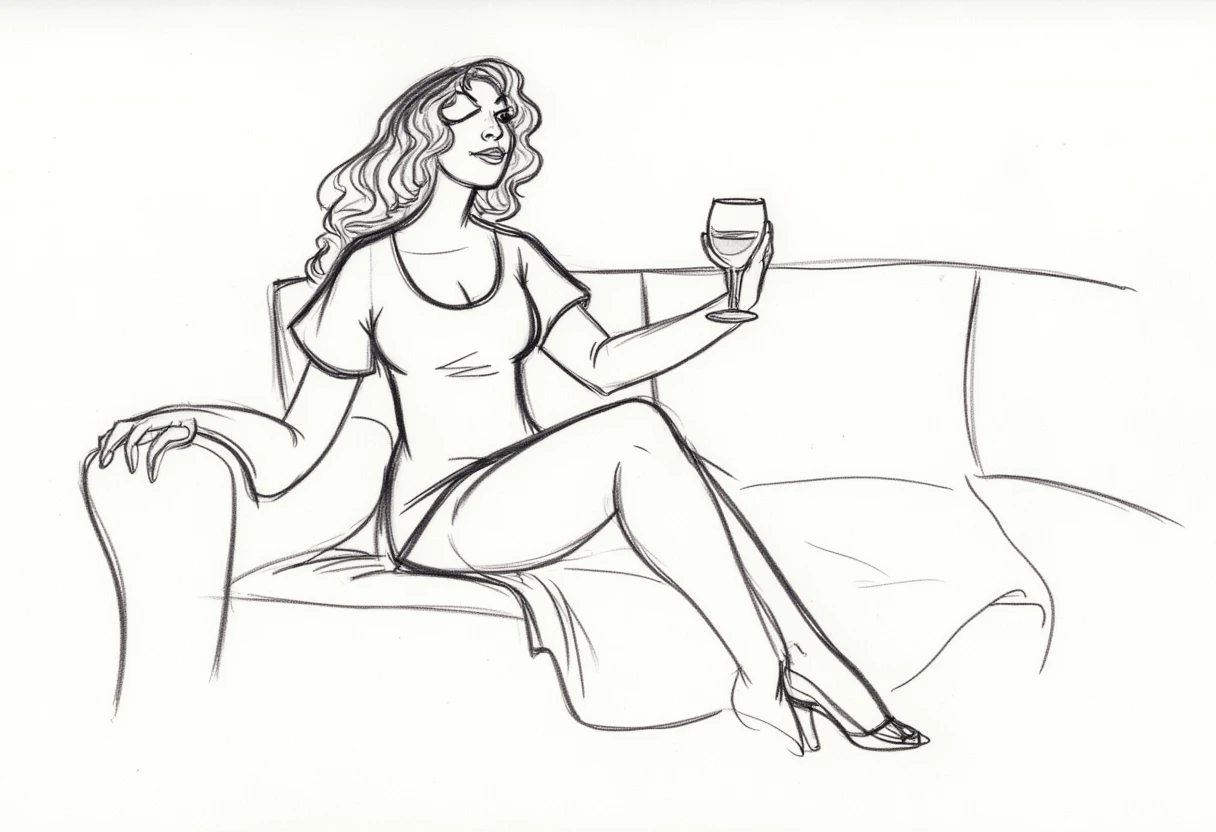
sketch-lora
Sketch of a woman on a sofa with a glass of wine.
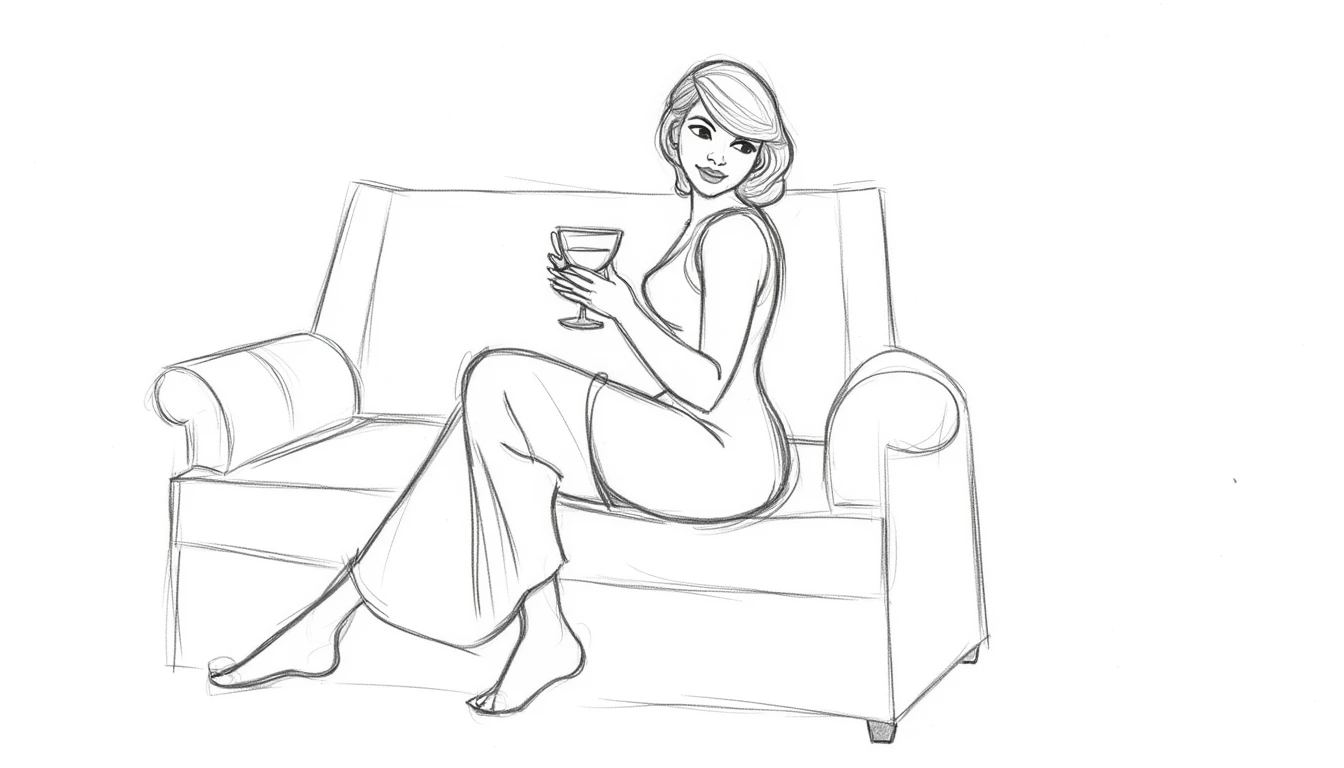
sketch-lora
Sketch of a woman on a sofa with a glass of wine.
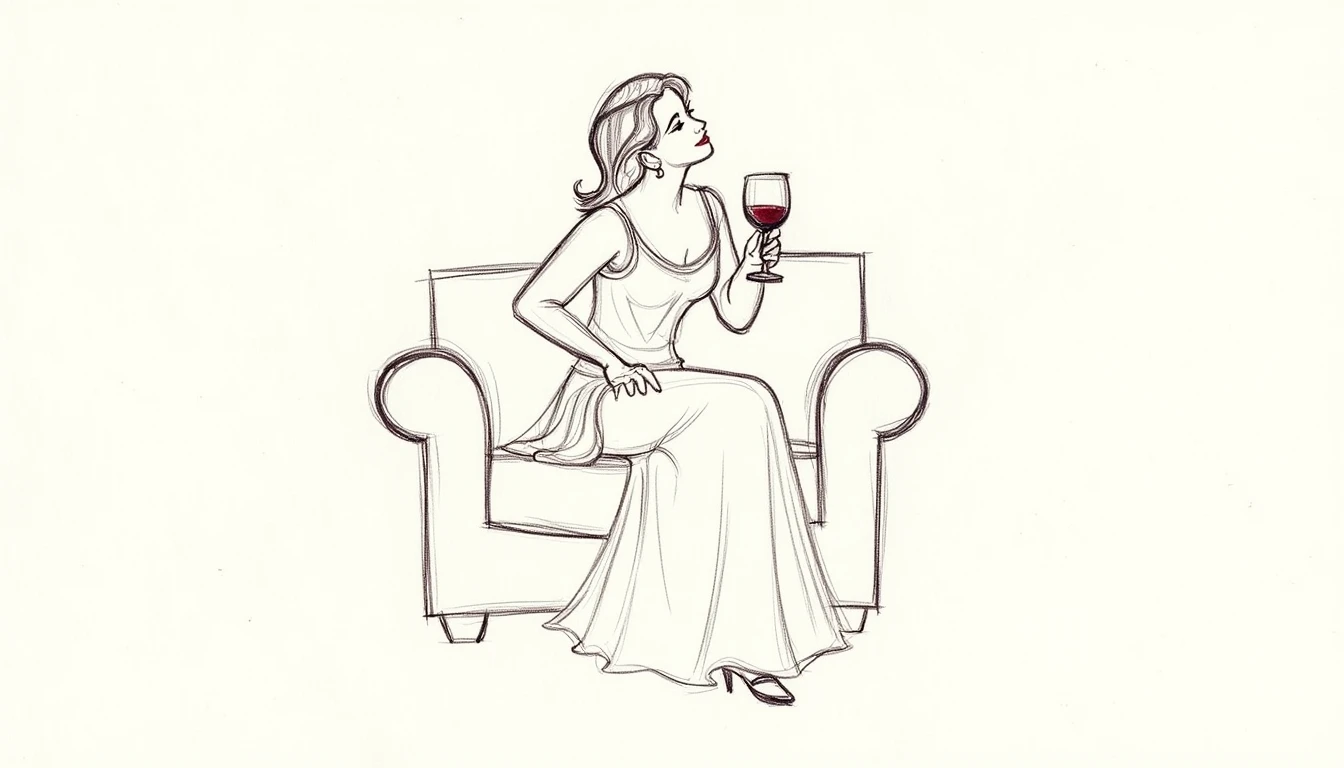
sketch-lora
bini

sketch-lora
make a birthday card for Reme. Use Pinky Promise hand with a love sign.

sketch-lora
make a birthday card for Reme. Use Pinky Promise hand with a love sign.
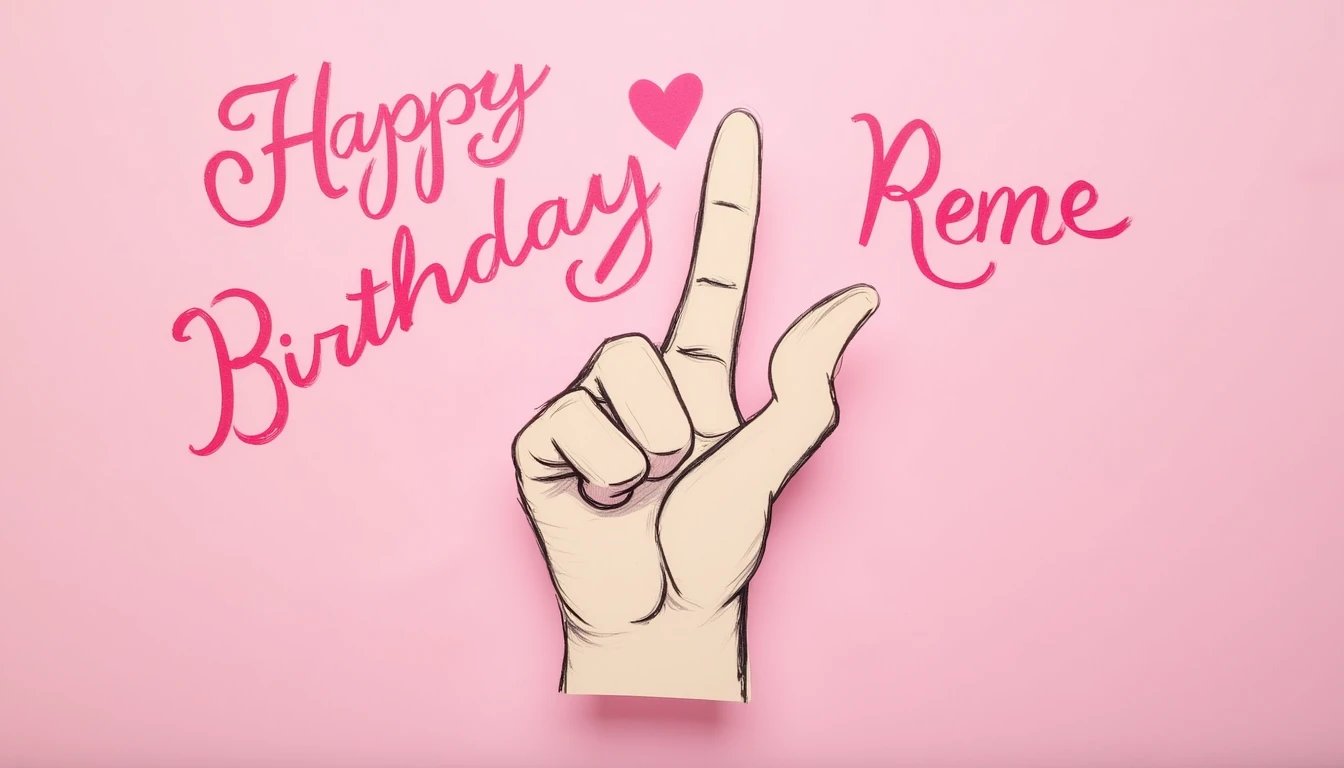
sketch-lora
make a birthday card for Reme. Use Pinky Promise hand with a love sign.

sketch-lora
senior using computer

sketch-lora
طالب
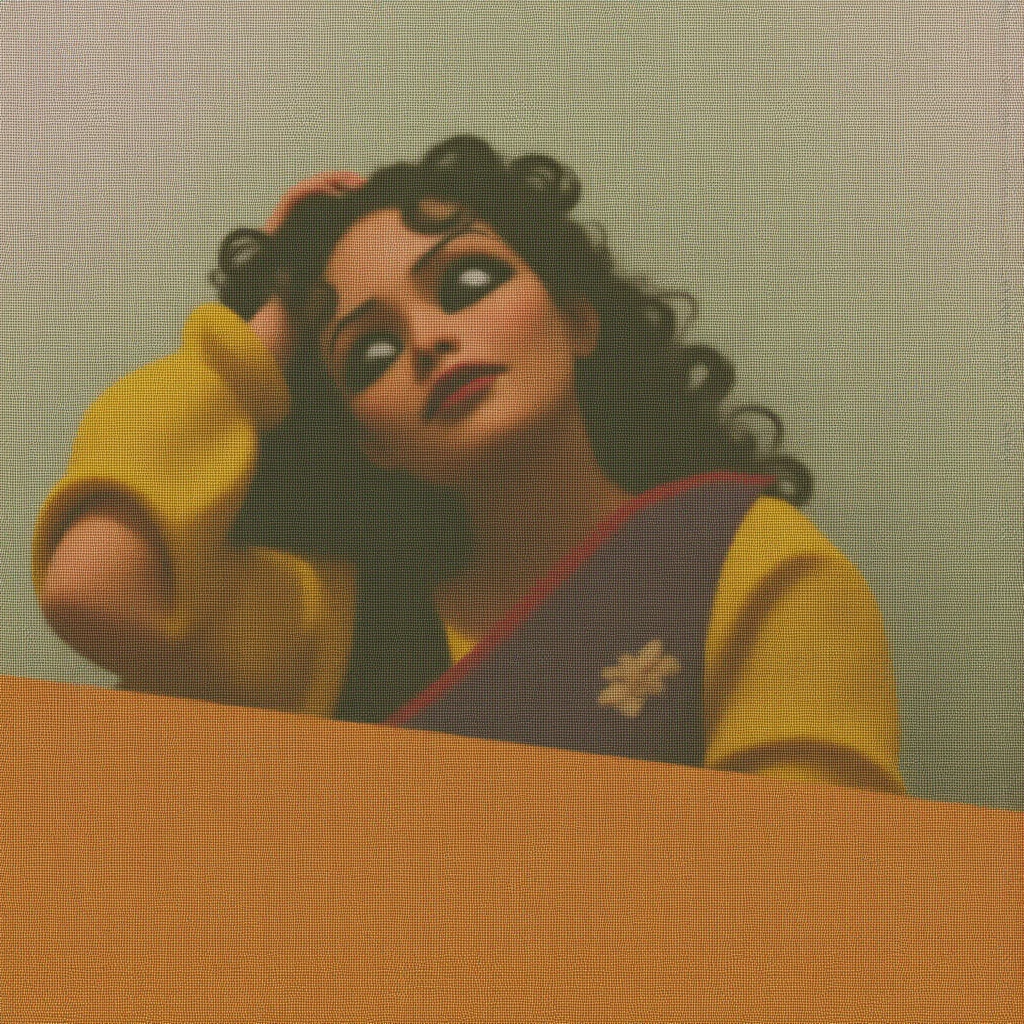
sketch-lora
Cristiano ronaldo

sketch-lora
طالب صف الأول المتوسط مدرسة المتميزين في الديوانية العراق


